Samsung kicked off its Unpacked event last month, not with the Galaxy S10 variants that will sell in the tens of millions this year, but rather with the one device that remained at least somewhat shrouded in mystery through all of the pre-show leaks: the Galaxy Fold.
Samsung got to enjoy a few days in the sun as the only major manufacturer with a folding smartphone until MWC kicked off and Huawei got in on the fun with its Mate X. And there are plenty more to come with prototypes and rumors from the likes of TCL, Xiaomi, ZTE and Lenovo.
While foldable smartphones is a brand new category, I saw comparisons to Google Glass flying pretty quickly, particularly once the starting prices for the Galaxy Fold and Mate X were announced at $1,980 and €2,300 respectively. Vlad Savov of The Verge and Stephen Hall of 9to5Google were among those to draw the comparison and I understand the inclination to make it, Glass was incredibly expensive, a product that seemed like something ripped out of a sci-fi novel, and limited by the hardware available at the time. The first generation of foldables looks to tick all of those boxes as well.
Naturally, the implication is that, like Google Glass, foldables are going to spectacularly fail and I believe that’s where there is room for a discussion. (It’s worth noting that like Stephen Hall I am far from dismissing Google Glass or similar devices in the long term, but other than harvesting some of its tech for other projects Google Glass was a failure in its original implementation.)
While Google Glass had its ardent fans, it was impossible to deny that it could not live up to the promise of its original teaser video. The hardware simply couldn’t hold up to the vision that its creators had for the product and the user interface was not as fluid or intuitive as it needed to be. Remember that Glass was announced almost exactly 2 years before Android Wear, perhaps a case of trying to fly before they learned to walk.
At the time, Pebble was launching its first Kickstarter and Fitibit was still over a year away from putting out its first wrist-based tracker. For most Glass owners the camera was the single most compelling feature, but it was also it’s most controversial feature with privacy concerns that saw considerable mainstream news coverage and even lead to it being banned in some places. All of this to say that as much as Glass was a beta test of hardware, the bigger hurdle was that it was trying to craft an entirely new and undefined product category.
I’m happy to concede that the first generation of foldables will be problematic from a hardware standpoint. While of course, the companies claim the new plastics being used in these screens are comparable to glass in durability, it remains to be seen how they will hold up to the hardships that our smartphones are subjected to on a daily basis which doesn’t bode well for the design of the Huawei Mate X
There’s also the question of the hinges and the actual effects of folding the screen over time, Samsung has indicated that the Galaxy Fold is tested to 100,000 folds (that’s 68 folds a day for 4 years), but what does your screen look like at that point? Those that have gone hands-on with the Huawei Mate X report that the seam is noticeable at the fold, it’s hard to believe that kind of thing is going to be worked out prior to the fast-approaching launch for these devices. According to Corning, they are roughly 2 years away from a foldable glass solution that could work for smartphones, but that may come with its own tradeoffs.
The second for Glass was more significant: establishing a new and undefined product category. It faced an uphill battle from a software, cultural and even utility standpoint. Fortunately, foldable phones don’t face any of these issues or at least not to the same degree. Sure there’s the question of how apps and the OS handle the unfolding process, but that doesn’t begin to equate to the difficulty of establishing a new user interface paradigm. Additionally, you have the ever-present complaint that Android apps aren’t optimized for tablets, but I would both argue that this is overblown (it isn’t as rosy on iOS tablets as they would have you believe) and that particularly for the screen sizes we are looking at here (Galaxy Fold 7.3-inches, Huawei Mate X 8-inches) this isn’t as crucial as it is for the 10-inch plus tablets now that mainstream smartphones are often 6.3-inches and beyond.
There shouldn’t be any cultural objection to foldables, they’re smartphones that turn into tablets. While there’s probably going to be a brief period where that will draw attention as a curiosity, I doubt anyone is going to freak out or try to ban foldables from their bar. This aspect of Glass really can’t be undersold, it was under attack from both a stylistic and privacy standpoint from the moment it was first announced.
Utility is probably the biggest question that foldables face as manufacturers try to find the balance between folded and unfolded size that appeals to the widest audience, but I think some of those suggesting that there’s no reason for a foldable phone will find themselves ultimately looking as silly as those that said the original Galaxy Note (5.3-inch screen) was a pointlessly large device.
Ultimately I come down as a qualified no to my headline (chalk another one up for Betteridge’s Law). While foldables aren’t going to be dominating the smartphone sales charts anytime soon, I think they can carve out a niche and survive in the market as they evolve, rather than being a cautionary tale that goes out of the public eye for years. It’s been 7 years since the announcement of Google Glass and we have another revision to the now Enterprise focused version of the product coming. There are also credible rumors swirl that Apple is finally ready to dip its toe into the AR glasses market. It may still be a couple of years until foldable smartphones to evolve into a mainstream category, but I doubt we are looking at a product category that is nearly 10 years away from delivering on its promise.

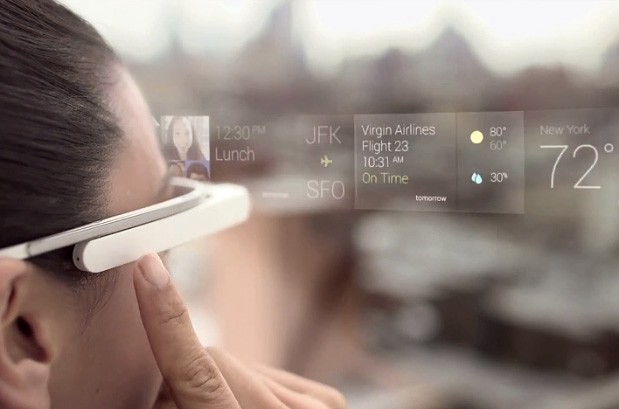

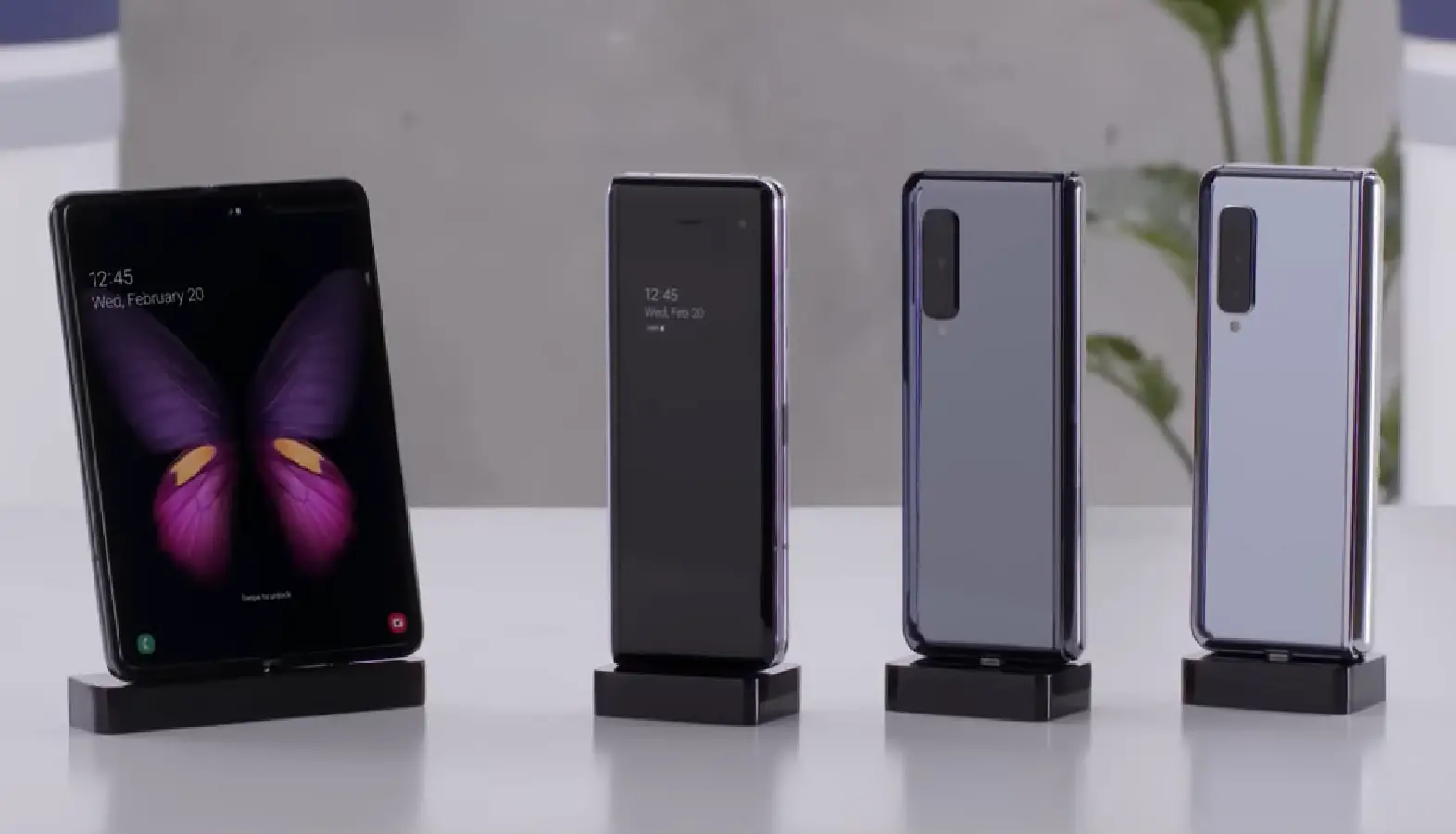

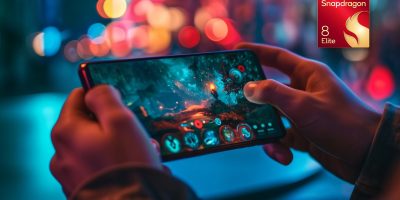

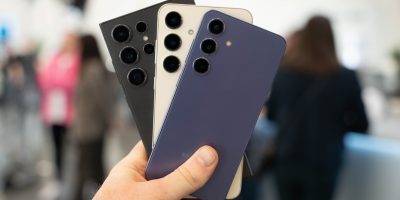
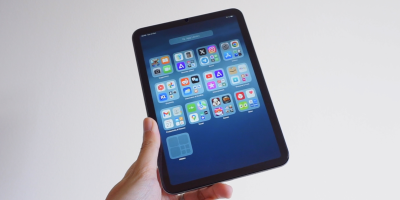


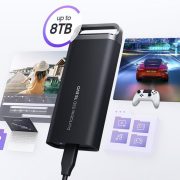

Comments